The Truth About Your Eye Color (And What an Eye Doctor Wants You to Know)
In my years as an eye care professional, I’ve probably looked into thousands of eyes. I’ve seen everything from the deep, solid brown of a newborn to the pale, almost translucent blue of someone in their nineties. And honestly, every single one is a tiny biological masterpiece.
In this article
- What Are We Actually Looking At? The Iris
- How Light Creates All The Different Shades
- The Genetic Recipe: It’s Complicated
- Eye Color, Health, and Why You Should Care
- Thinking of Changing Your Eye Color? Read This First.
- Quick Myth-Busting Corner
- Pro Tip: Make Your Natural Color POP
- The Real Window
- Inspiration Gallery
It’s no surprise people are fascinated by eye color. I get questions all the time—does it say something about your personality? Can you guess what color your kids’ eyes will be? These questions are great, but they’re often answered with old wives’ tales and overly simple charts that just don’t tell the whole story.
The truth is way more interesting. Eye color has nothing to do with personality. It’s a cool combination of your personal genetics, a bit of physics, and how your body makes a single type of pigment. It’s a story written in your DNA, and understanding it can help you appreciate your body and protect your long-term eye health. So, let’s dive into the real science behind it all.
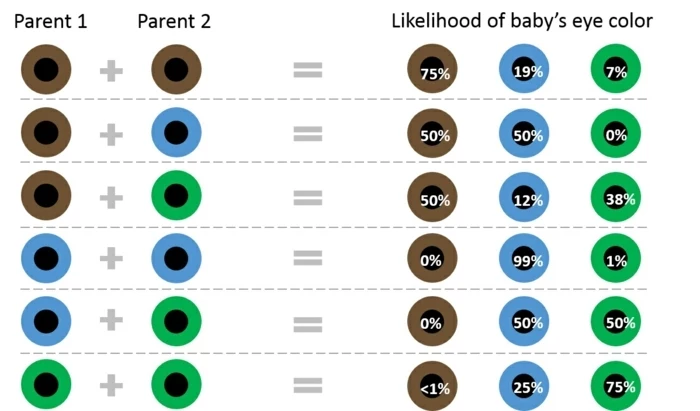
What Are We Actually Looking At? The Iris
When we talk about eye color, we’re only talking about one part of the eye: the iris. That’s the colored, muscular ring around your pupil. Its main job is to control how much light gets into your eye, expanding in the dark and shrinking in bright light. The color itself is just a side effect of its structure.
To get it, you have to know the iris has two layers, kind of like a sandwich.
- The Stroma (The Front): This is the front layer, made of a loose web of collagen fibers. The color we see is almost entirely decided by what’s going on right here. It has pigment cells (melanocytes), but often not very many.
- The Epithelium (The Back): This is the back layer, and unlike the front, it’s absolutely packed with dark brown pigment called melanin. This acts like a blackout curtain, absorbing stray light so it doesn’t pass straight through your iris.
So, if pretty much everyone has a dark brown layer on the back of their iris, why aren’t all eyes brown? It all comes down to the front layer and that one key ingredient: melanin.

There are no blue, green, or hazel pigments in your eyes. None. The only pigment that really matters for eye color is melanin, which mainly comes in a brown/black form (eumelanin) and, to a lesser extent, a red/yellow form (pheomelanin). The colors we see are just a beautiful trick of the light.
How Light Creates All The Different Shades
The amount of melanin in that front layer, the stroma, determines how light behaves when it hits your eye. This is what creates the color you see.
Brown Eyes: The World’s Go-To Color
This one is the most straightforward. If you have brown eyes, you have a good amount of melanin in your stroma. When light hits your eye, this dense pigment absorbs most of it. Simple as that. Because very little light is scattered back, the result is a rich, brown color. What some people call “black” eyes are just very, very dark brown eyes; under my slit lamp, I can always see the brown tones.

Blue Eyes: It’s All a Physics Trick
This is where it gets really cool. Blue eyes have very little melanin in the stroma. With almost no pigment to absorb light, something else happens. The tiny collagen fibers in the stroma scatter the short, blue wavelengths of light back out. Meanwhile, the longer wavelengths (like red and yellow) get absorbed by that dark back layer.
It’s the exact same reason the sky is blue—a phenomenon called Rayleigh scattering. The sky has no blue pigment; our atmosphere just scatters the sun’s blue light. Your blue eyes are a personal, pocket-sized blue sky. By the way, this is also why blue eyes can seem to change color depending on the lighting. It all depends on how the light is hitting them and scattering back.
Green Eyes: A Delicate and Rare Mix
Green eyes, the rarest of the major colors, are a complex balancing act. They’re created by a combination of three things: a little bit of brown melanin, a touch of yellowish pheomelanin, and that same light-scattering trick we see in blue eyes. The scattered blue light mixes with the yellow from the pheomelanin, and voilà—you get green. It’s this beautiful blend that often gives green eyes flecks of gold or brown.

And All the Shades In-Between
- Hazel Eyes: Think of these as a mix between green and brown. They have more melanin than green eyes, especially near the pupil, which creates that classic sunburst pattern of brown, gold, and green that seems to shift in the light.
- Amber Eyes: Truly rare, these eyes have a solid, almost luminous golden or coppery color. This is thought to be caused by a higher concentration of the yellowish pheomelanin.
- Gray Eyes: These are structurally similar to blue eyes, with very little melanin. However, the collagen fibers in the stroma might be slightly larger, causing them to scatter all wavelengths of light more evenly. This mutes the blue and results in a beautiful silvery or stony gray look.
The Genetic Recipe: It’s Complicated
Remember those Punnett squares from high school biology, where a big ‘B’ for brown and a little ‘b’ for blue determined everything? That model suggested two blue-eyed parents could never have a brown-eyed child. Well, we now know that’s not quite right.

It was a good starting point, but eye color is a polygenic trait, meaning it’s influenced by a whole team of genes, not just one. While a couple of key genes on chromosome 15 (you might see them called OCA2 and HERC2) do most of the heavy lifting for the brown-vs-blue difference, at least a dozen other genes act like editors, fine-tuning the exact shade of green, hazel, or gray.
Because so many genes are in the mix, predicting a child’s eye color is more about probabilities than certainties. Those online calculators are fun, but don’t bet the house on them. Honestly, my best advice to parents is to just enjoy the surprise!
Eye Color, Health, and Why You Should Care
Your eye color is more than just a cosmetic feature—it has real-world health implications. The melanin in your eyes is a natural sunblock, protecting the sensitive tissues inside from UV radiation.

For Light-Eyed People (Blue, Green, Gray)
Less pigment means less protection. If you have light-colored eyes, you are statistically at a higher risk for a few things:
- Sun Sensitivity: You’re more likely to be sensitive to bright light (a condition called photophobia).
- UV-Related Damage: Over a lifetime, more UV light can reach the back of the eye, increasing the risk for conditions like age-related macular degeneration (AMD) and, in rare cases, a type of eye cancer called uveal melanoma.
Quick Tip: My 3-Step Protection Plan for Light Eyes. I tell this to all my patients. It’s non-negotiable.
- Always wear sunglasses that offer 100% UVA and UVB protection when you’re outside. Every. Single. Time.
- Add a wide-brimmed hat for extra coverage on really bright days.
- Get a comprehensive eye exam regularly to catch any issues early.
For Dark-Eyed People (Brown)
The extra melanin offers fantastic natural UV protection, which is a huge plus. However, some studies have hinted at a slightly higher risk of developing cataracts. The science is still developing on why, but it’s a good reminder that everyone, regardless of eye color, needs regular check-ups with an eye care professional.
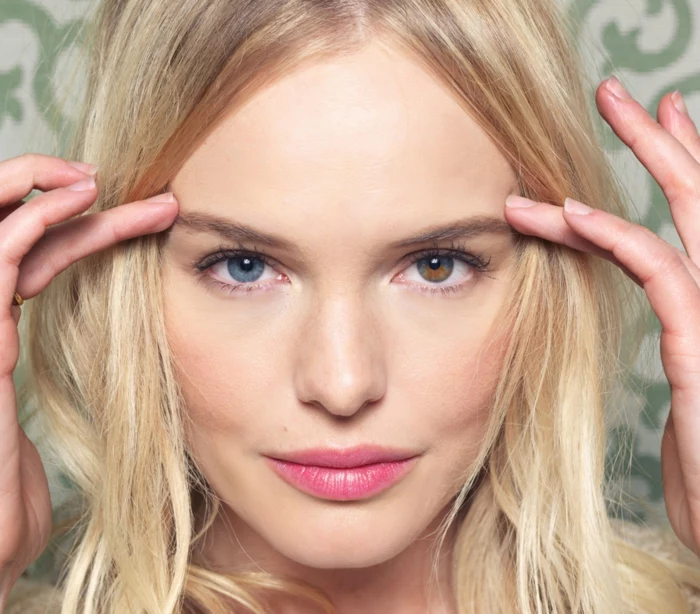
Thinking of Changing Your Eye Color? Read This First.
The desire to change eye color is strong, and it’s created a market for both safe options and some incredibly dangerous ones. As a medical professional, I have to be crystal clear about the risks.
The Safe Way: Prescription Colored Contacts
This is the only safe way to temporarily change your eye color. But—and this is a big but—you have to treat them like the medical devices they are. A proper fitting from an eye doctor is essential. You’ll want to see an optometrist, who specializes in vision correction and lens fittings, or an ophthalmologist (a medical doctor who treats eye disease). They don’t just check your vision; they measure the unique curvature of your cornea to make sure the lens sits safely and comfortably. Expect this appointment to take about an hour.
You can find good quality lenses from reputable online suppliers or your doctor’s office. Depending on the type, expect to pay between $50 and $90 for a box of 30 daily disposables, or around $200 to $400 for a six-month or year’s supply of monthly lenses.
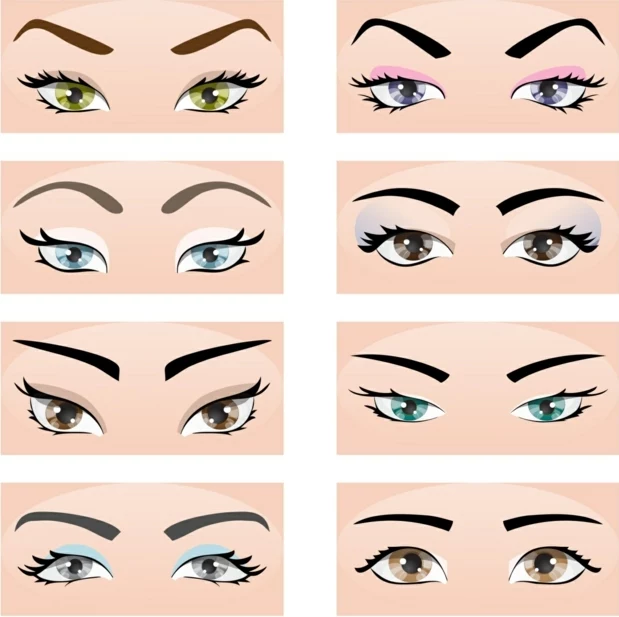
A Serious Warning about Permanent ‘Solutions’
You might see procedures promising to permanently change your eye color advertised on social media. Please, be incredibly careful. These procedures often cost a fortune—anywhere from $5,000 to over $10,000—and tempt people into ignoring the severe, life-altering risks.
I’ve personally treated patients who’ve been harmed by unapproved procedures. One of the most heartbreaking cases was a teenager who bought cheap, illegal decorative lenses online for a Halloween party. She ended up with a massive corneal ulcer—a painful open sore on her eye—that caused permanent scarring and vision loss. It’s just not worth it.
Here’s a breakdown of the riskiest procedures out there:
- Cosmetic Iris Implants: This is where a colored silicone disc is surgically placed over your natural iris. The complications are devastating: chronic pain, glaucoma that can lead to blindness, cataracts, and irreversible damage to the cornea. The American Academy of Ophthalmology strongly warns against it for a reason.
- Laser Depigmentation: This procedure uses a laser to essentially burn away the melanin on the front of the iris to make a brown eye look blue. The big concern here is where all that destroyed pigment debris goes. It can clog the eye’s natural drainage system, potentially causing a severe and hard-to-treat form of glaucoma years down the road.
To be frank, my professional opinion is unwavering: the risk of permanent blindness or chronic pain from these procedures massively outweighs any cosmetic benefit. Your vision is priceless.

Quick Myth-Busting Corner
Let’s clear a few things up. I’ve seen some wild trends online that are not just wrong, but dangerous.
- The Honey Myth: No, you absolutely cannot change your eye color by putting honey in your eyes. This is a dangerous internet rumor. At best, you’re putting unsterile sugar water in your eye; at worst, it can contain bacterial spores that cause severe infections and chemical burns. Don’t do it.
- The Personality Myth: Let’s say it one more time. There is zero scientific evidence linking eye color to personality traits. Your character is built from your life, your values, and your choices—not the amount of pigment in your irises.
Pro Tip: Make Your Natural Color POP
Want to enhance your eye color without any risk? It’s all about color theory! A little makeup or the right-colored shirt can make a huge difference.
- For Blue Eyes: Wear earthy tones like copper, bronze, or orange. These warm colors create a stunning contrast that makes blue eyes look even more vibrant.
- For Green Eyes: Try shades of purple, from lavender to deep plum. These colors are opposite green on the color wheel and provide a beautiful contrast. Pinks and reddish tones also work wonders.
- For Brown Eyes: You’re in luck—almost everything works! Deep blues, greens, and rich purples can really bring out the different undertones in your eyes and make them stand out.

The Real Window
Your eyes aren’t a window to your soul, but they are a fantastic window to your health and your unique genetic history. Their color tells an amazing story of human migration and the simple physics of light. Understanding that story is way more powerful than any myth. So protect your eyes, get them checked regularly, and take a moment to appreciate the complex, one-of-a-kind beauty you were born with.
Inspiration Gallery
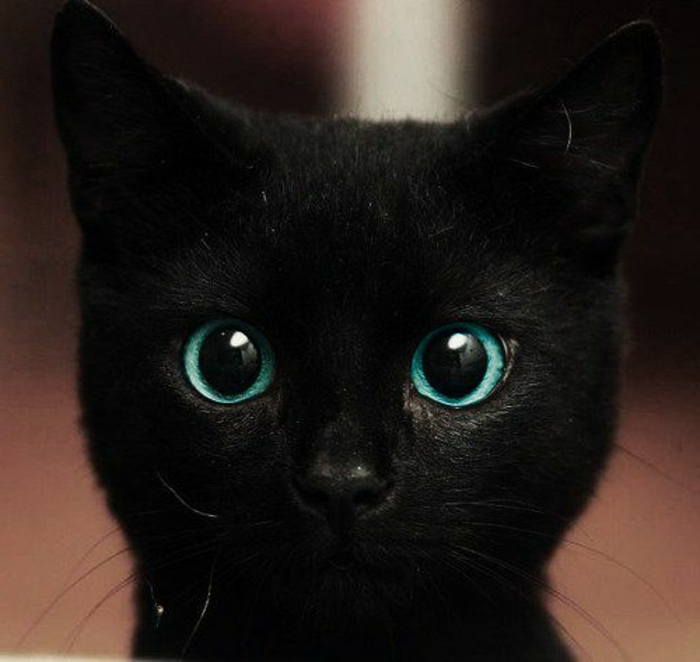
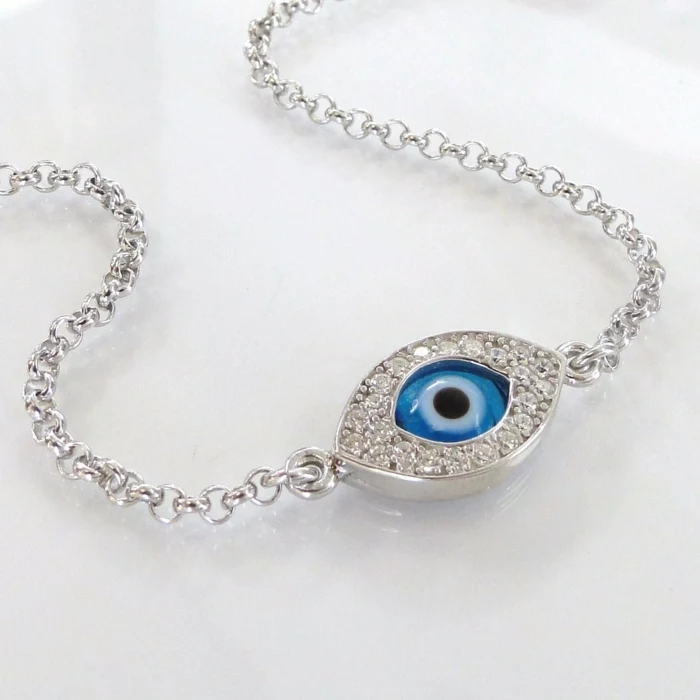
Globally, green is the rarest of the common eye colors, with less than 2% of the world’s population having them. The highest concentration is found in people of Celtic and Germanic ancestry.
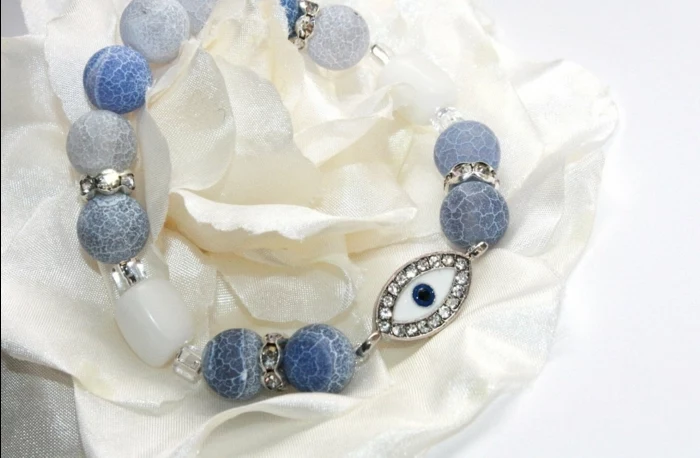

That striking look of having two different eye colors isn’t just for Siberian Huskies. It’s a condition called heterochromia, and it can be present from birth or develop later. While usually harmless, it’s what gives actress Mila Kunis one green and one hazel eye. If one of your eyes suddenly changes color as an adult, however, it’s wise to have it checked by an ophthalmologist.
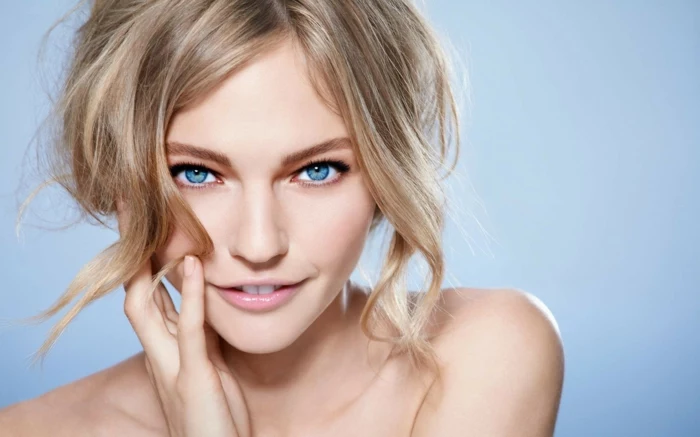
A Health Alert for Blue Eyes: People with light-colored irises (blue, green, or gray) have less light-absorbing melanin to protect them from the sun. This significantly increases their lifetime risk of developing ocular melanoma, a rare but serious eye cancer. For them, wearing sunglasses that offer 100% UVA/UVB protection isn’t just for comfort—it’s essential for long-term health.


Can my eye color really change over time?
Yes, subtly. Most Caucasian babies are born with blue eyes that may darken over the first three years as melanin production ramps up. In adulthood, eye color is largely stable, but can appear to shift with lighting or age. Some people develop small freckles on their iris (nevi), or a grayish-white ring around the cornea called arcus senilis, which can make the iris look paler.
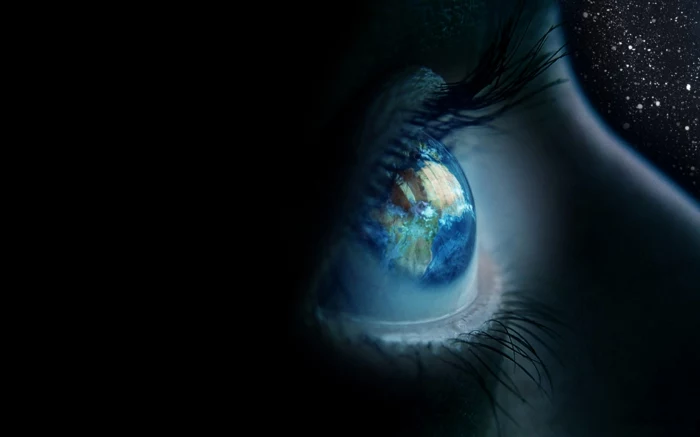

Beyond beauty, the iris has a job to do. For those with light-colored eyes, that job can be tougher on a sunny day.
- Invest in Polarized Lenses: Brands like Ray-Ban and Oakley offer excellent polarized options that cut down on intense glare from surfaces like water and pavement.
- Embrace Hats: A wide-brimmed hat provides a physical barrier, reducing the amount of overhead light that causes you to squint.
- Adjust Screen Brightness: Reduce digital eye strain by lowering the brightness on your phone and computer, especially at night.
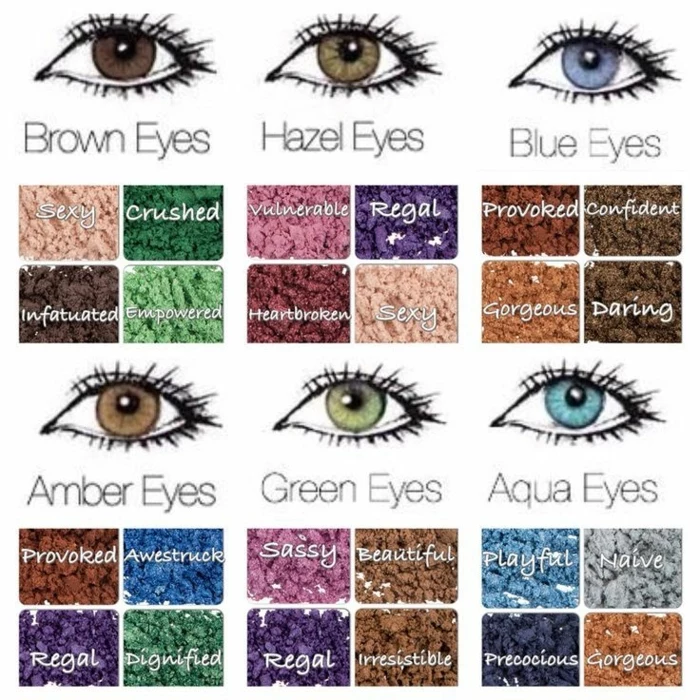
A 2014 study from the University of Pittsburgh suggested that women with dark-colored eyes may experience more pain during childbirth compared to women with light-colored eyes.
While the research is preliminary, it points to fascinating genetic links. The genes that determine eye color are located on the same chromosome as genes related to pain perception. It suggests that the melanin in your eyes might be an outward marker for other, less obvious physiological traits.
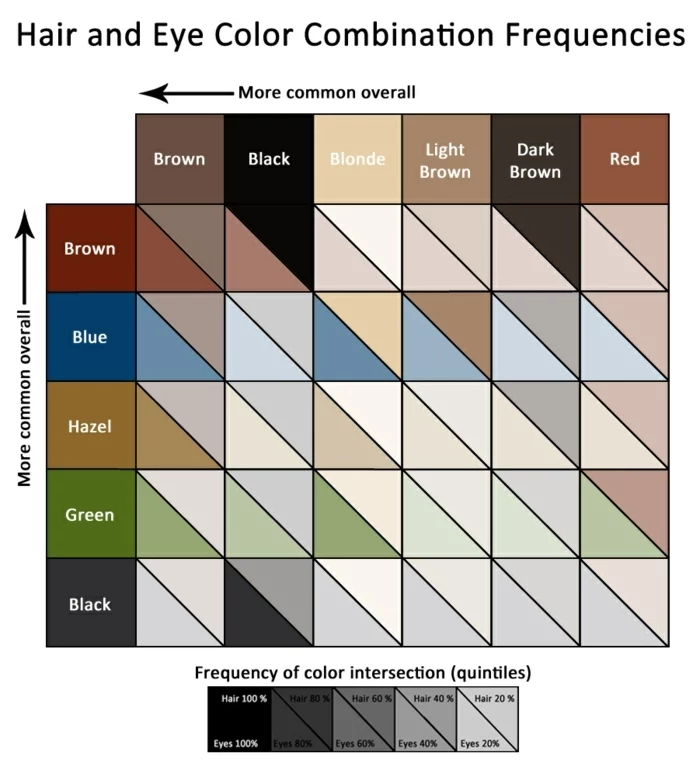
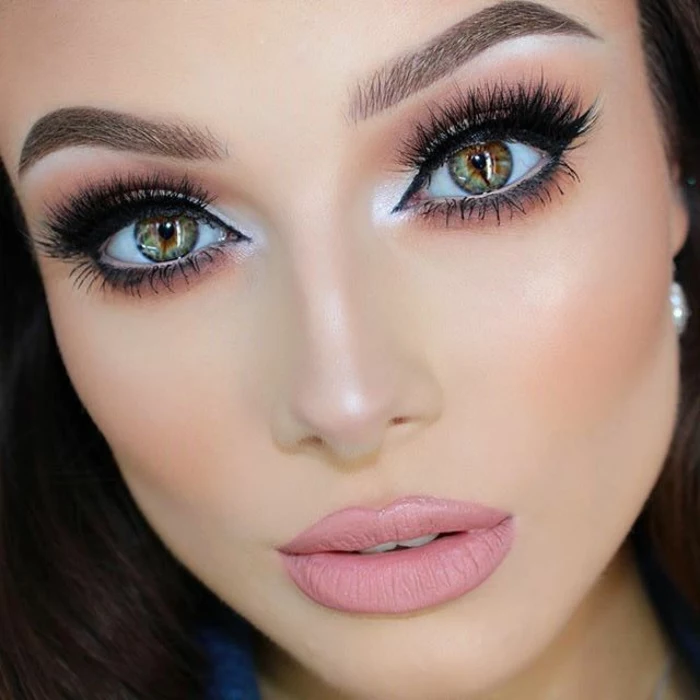
Want to experiment with color? Not all cosmetic lenses are created equal.
Enhancement Tints: These are semi-translucent and designed to define or slightly alter your natural eye color. Brands like Acuvue’s 1-Day Define series add sparkle and a limbal ring for a ‘your-eyes-but-better’ look.
Opaque Tints: These lenses, like Air Optix Colors, are solid and can dramatically change your eye color, turning even the darkest brown into a startling blue or green. They’re perfect for a bold new look but can sometimes look less natural up close.
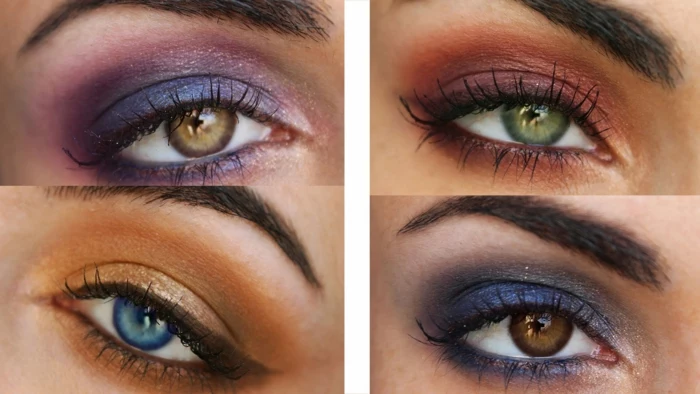

You don’t need colored contacts to make your eyes pop; the right makeup is a powerful tool. It’s all about color theory:
- For Brown Eyes: Rich blues, teals, and purples create a stunning contrast.
- For Blue Eyes: Coppery, bronze, and orange-toned shadows make the blue appear more vibrant.
- For Green Eyes: Red is the opposite of green on the color wheel, so shades with red undertones like burgundy, plum, and mauve are incredibly flattering.
- For Hazel Eyes: You have the best of both worlds! Use earthy tones to bring out the brown, or purples to highlight the green flecks.

- They provide significantly better protection against damaging UV rays.
- They’re associated with a lower risk of age-related macular degeneration.
- They can result in faster reaction times to visual stimuli in bright conditions.
The secret behind these advantages? The high concentration of protective melanin found in brown eyes, which acts like a built-in pair of sunglasses.

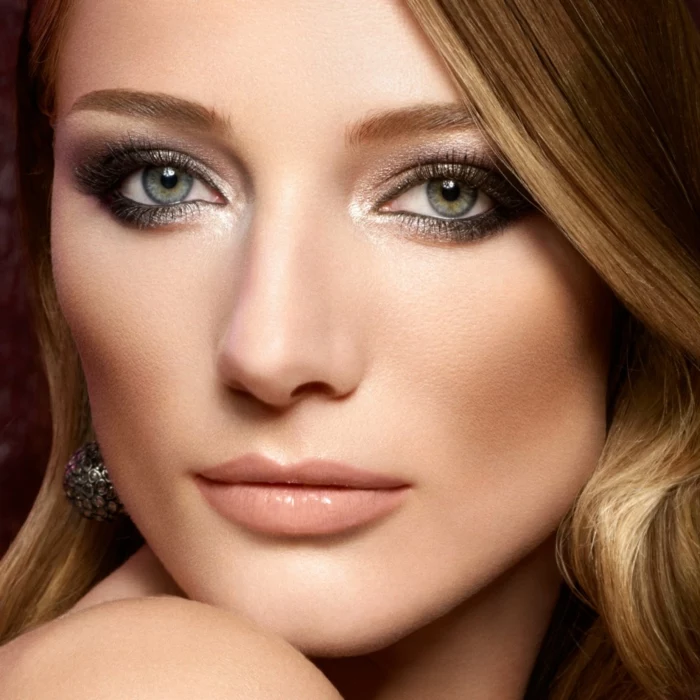
Ever notice the dark ring around the iris on some people? That’s the limbal ring. It’s typically more pronounced in younger people and tends to fade or soften with age. Studies have shown that both men and women perceive faces with a distinct limbal ring as younger and more attractive, likely because it’s an unconscious biological indicator of youth and health.

Are ‘black’ eyes a real thing?
Not in humans. What we perceive as black eyes are actually just a very, very dark brown. The iris is so saturated with melanin that it becomes difficult to distinguish from the pupil in most lighting conditions, giving the illusion of a solid black eye. It’s a testament to the powerful light-absorbing properties of high melanin concentration.

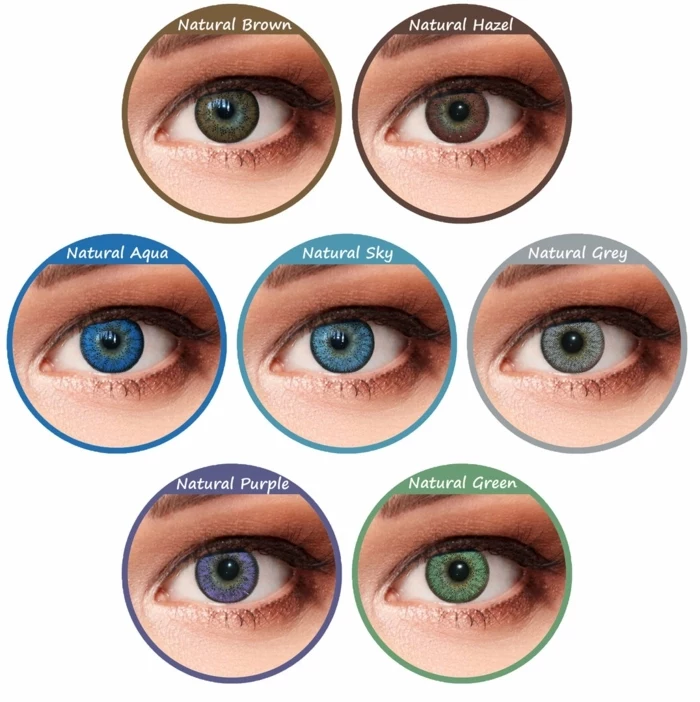
Warning: Never Buy Unprescribed Lenses. It may seem harmless to buy cosmetic contacts online or from a costume shop, but it’s incredibly dangerous. An ill-fitting lens can cause serious problems, including corneal scratches, painful infections (keratitis), and even permanent vision loss. Always get a proper fitting and prescription from an eye care professional, even for lenses with zero corrective power.
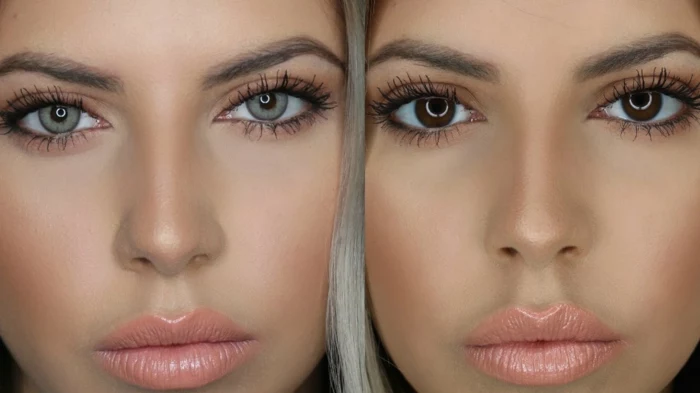

Humans aren’t the only ones with fascinating eyes. The animal kingdom is full of incredible variety.
- Siamese Cats: Their iconic blue eyes are a form of temperature-sensitive albinism. The gene that produces pigment is ‘turned off’ in the warmer parts of their body, which is why their ears, paws, and tail are darker.
- Goats: Their horizontal, rectangular pupils give them an astonishingly wide field of vision—about 320-340 degrees—without having to move their heads.
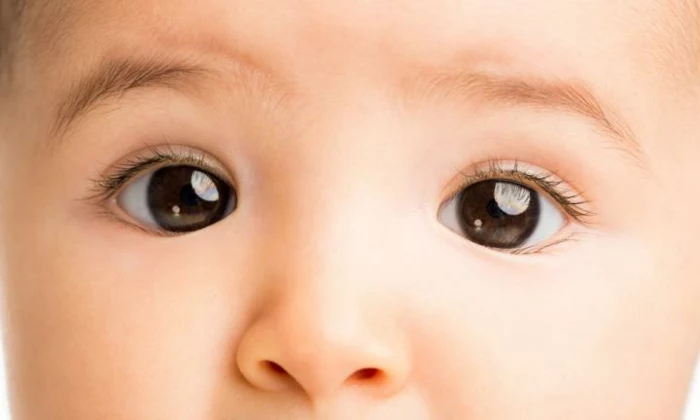
Beyond a simple ‘UV Protection’ sticker, here’s what to look for in a quality pair of sunglasses:
- 100% or UV400 Protection: This means they block all UVA and UVB rays up to 400 nanometers.
- Lens Category: Look for a ‘Category 3’ lens. This is the standard for general-purpose sunglasses, providing good protection from bright sun.
- Lens Material: Polycarbonate lenses are lightweight and highly impact-resistant, making them a great choice for active use.
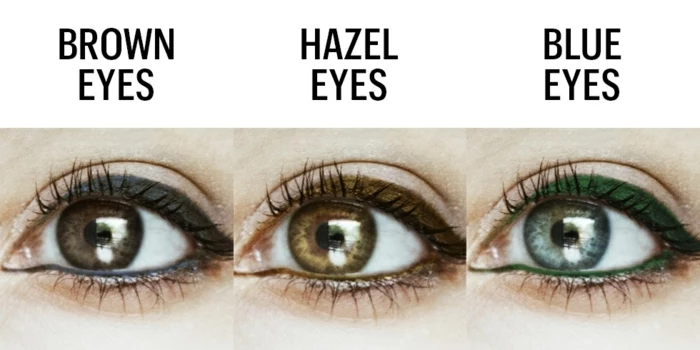
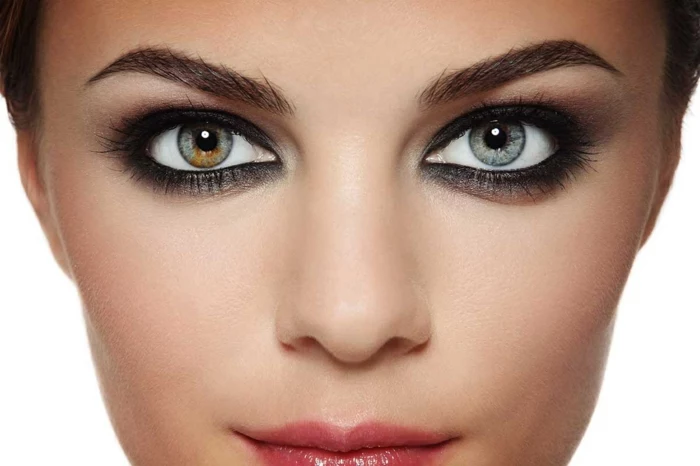
While hazel eyes appear to be a mix of green and brown, amber eyes are something else entirely. A true amber eye is a solid, uniform golden or coppery color. This rare shade is thought to be caused by a higher concentration of a yellow-brown pigment called lipochrome (also known as pheomelanin) in the iris stroma.
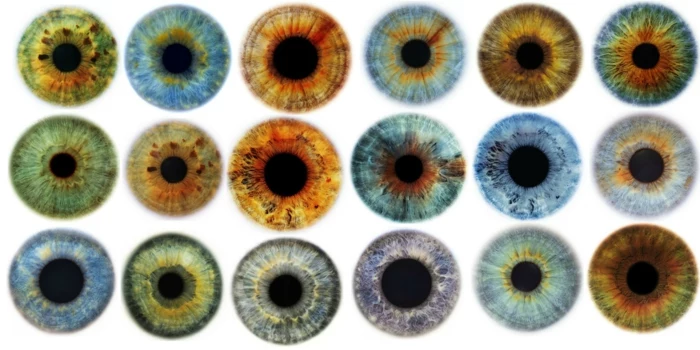

A single genetic mutation that occurred between 6,000 and 10,000 years ago is responsible for the blue eyes of every blue-eyed person on Earth today.
Research from the University of Copenhagen pinpointed a mutation in a gene called HERC2, which effectively ‘switches off’ the mechanism for producing brown eyes. This means that all blue-eyed individuals, from Scandinavia to Africa, share a single, distant common ancestor from the Black Sea region.
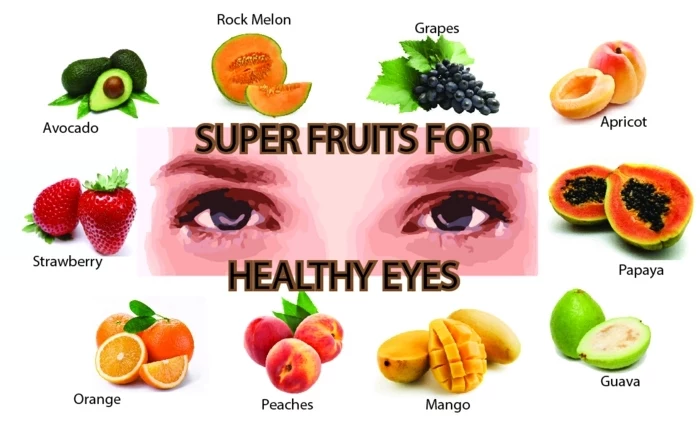
Important Health Marker: While most variations are harmless, a sudden change in eye color can be a red flag. Conditions like Fuch’s heterochromic iridocyclitis, Horner’s syndrome, or pigmentary glaucoma can cause the iris to change color. If you notice a new spot growing on your iris or a distinct color change in one eye, schedule a visit with your eye doctor promptly.


- Fewer specks, spots, or patterns in the iris.
- A higher rate of a skin condition called vitiligo.
- Less ‘clutter’ in the blood vessels at the back of the eye.
What’s the connection? A lower amount of melanin. This pigment, which gives eyes their brown color, is responsible for color, pattern, and also serves a protective function throughout the body.

The ‘evil eye’ or ‘Nazar’ charm seen in the gallery is an ancient symbol with roots in Greek, Roman, and Ottoman cultures. The blue color is intentional; it was believed to be a fiercely protective hue, capable of deflecting misfortune and reflecting malevolent glares back to the person who sent them. It remains a popular symbol of protection across the Mediterranean and Middle East.


Can eating certain foods, like honey or spinach, really change my eye color?
This is a persistent internet myth. While a healthy diet rich in vitamins A, C, and E is crucial for overall eye health and can help prevent diseases like cataracts and macular degeneration, no food can alter the amount of melanin in your iris. Your eye color is set by your genetics, and only colored contact lenses or, in rare cases, certain medical conditions can change it.
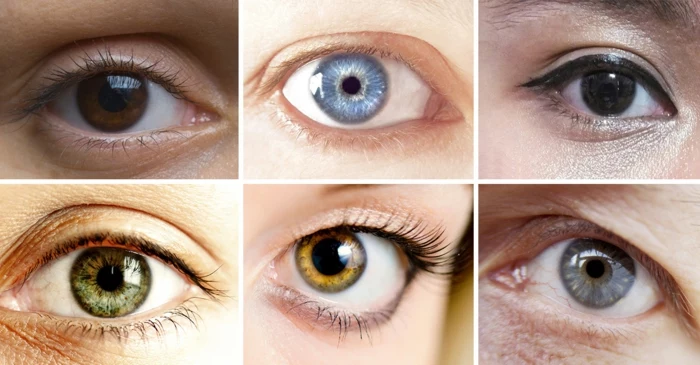
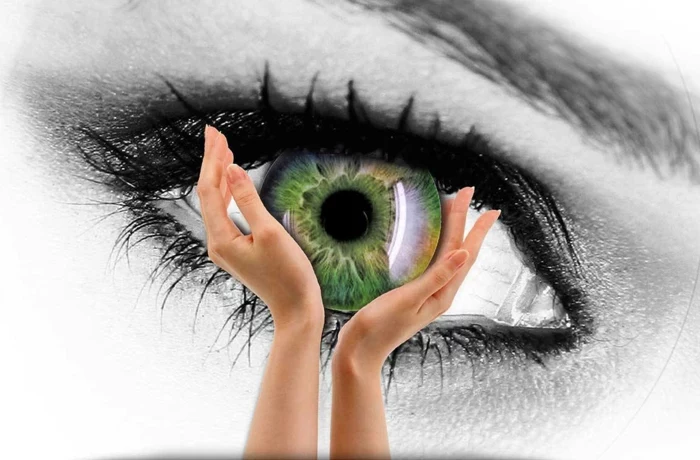
The OCA2 gene is sometimes called the ‘brown eye gene.’ It doesn’t create melanin itself, but it codes for the P protein, which is essential for the maturation of melanosomes—the cellular structures that produce and store melanin.
Think of the P protein as the foreman on a construction site. Without it, the melanin ‘bricks’ can’t be made properly, leading to very little pigment and, consequently, blue eyes. Variations in this single gene are responsible for most of the color variation from blue to brown.
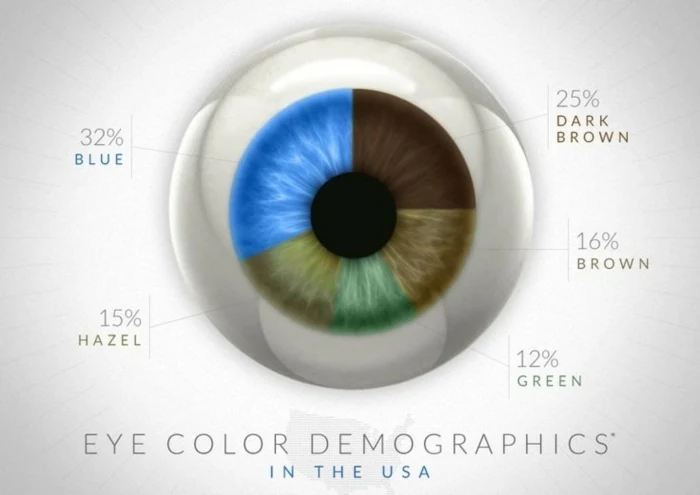
Waardenburg Syndrome: Sometimes, uniquely colored eyes are a sign of something more. This is a group of rare genetic conditions that can cause hearing loss and changes in the pigmentation of the hair, skin, and eyes. One of its most striking characteristics can be brilliantly pale blue eyes or having one blue and one brown eye (heterochromia).
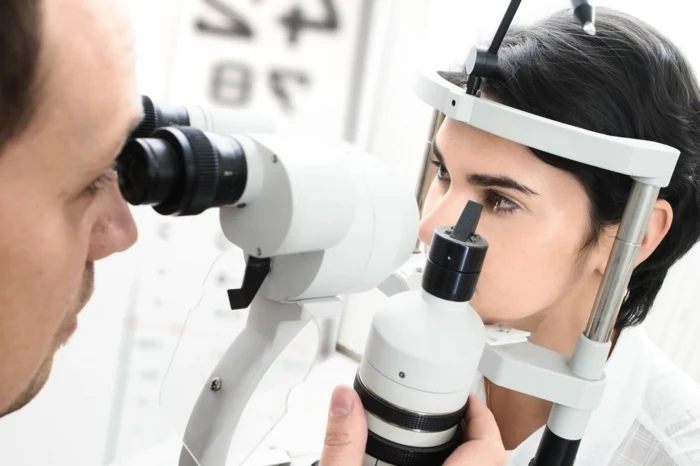
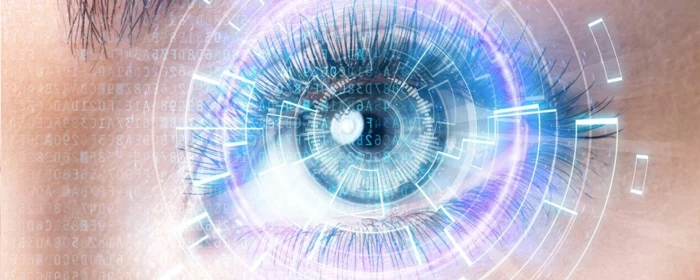
Polarized Lenses: They contain a special chemical filter that blocks horizontal light waves, the kind that create intense glare when reflecting off flat surfaces like a wet road or the sea.
Non-Polarized Lenses: These are standard tinted lenses that reduce overall brightness but don’t specifically target reflected glare.
For those with light-sensitive eyes, polarized lenses offer a crisper, clearer view with significantly more comfort in bright conditions.
Elizabeth Taylor was famous for her ‘violet’ eyes. In reality, she had a very specific and rare shade of deep blue. The unique color was due to a low amount of melanin combined with the red reflection from the blood vessels at the back of her eye, which, under specific studio lighting or against her dark hair and makeup, created the illusion of a violet hue.










